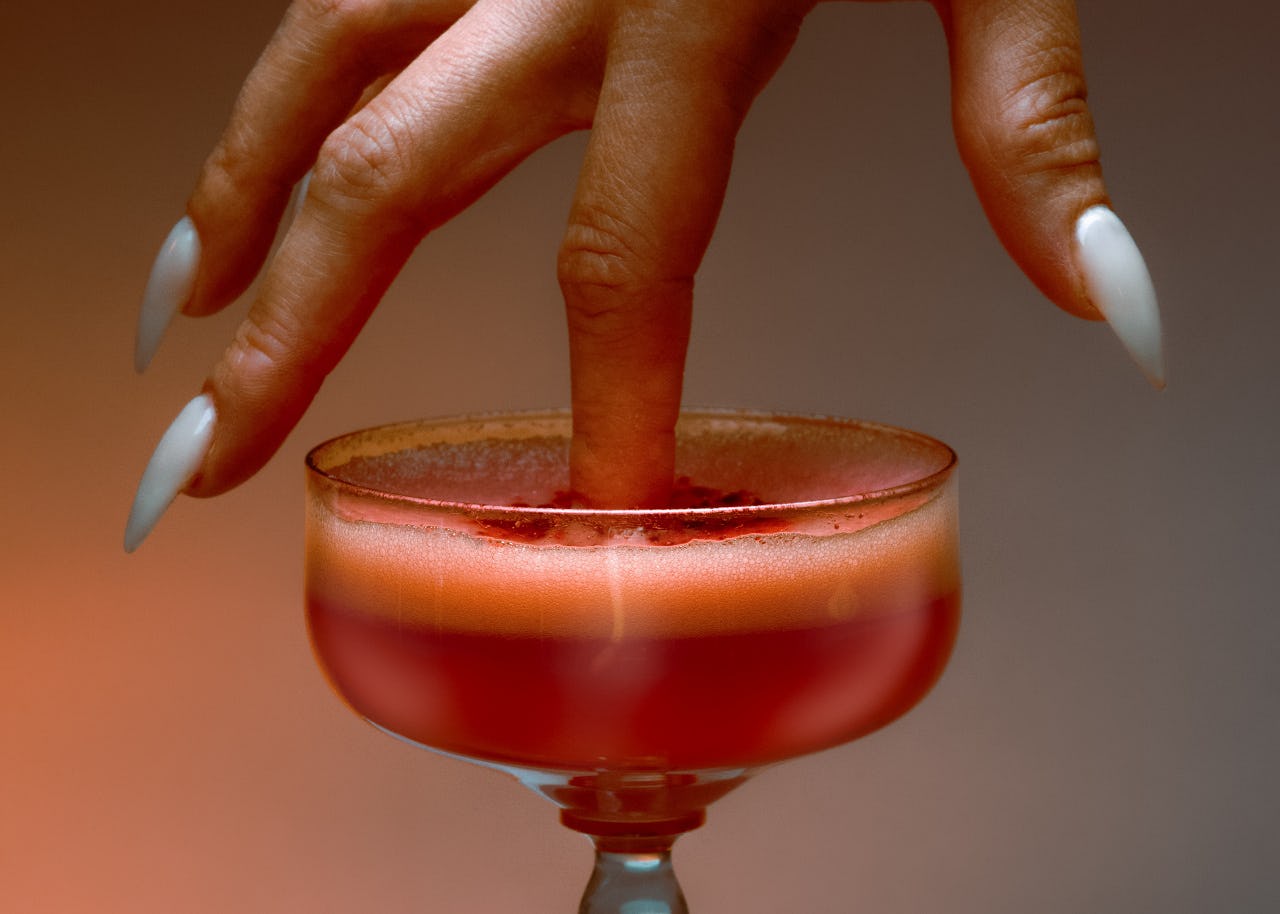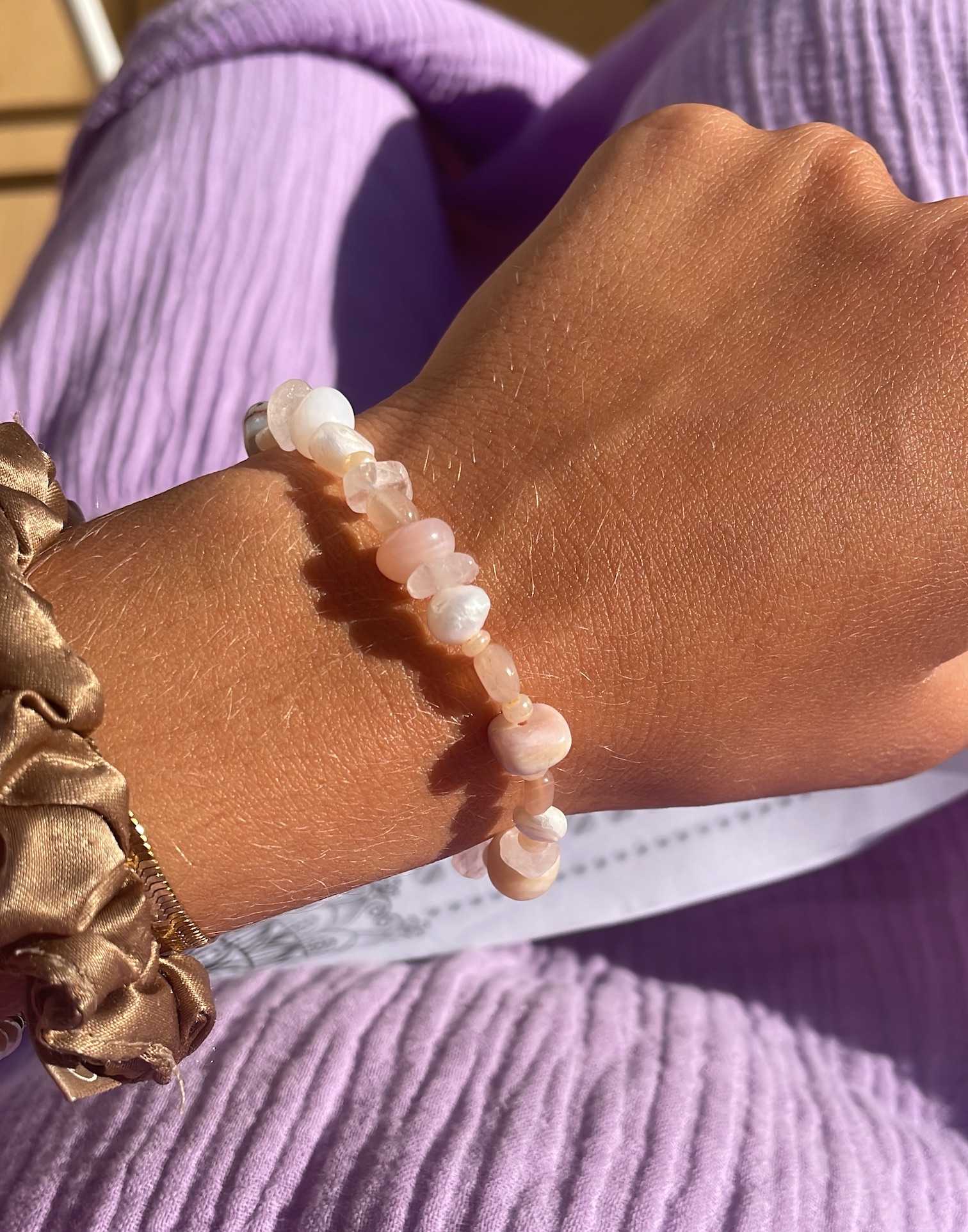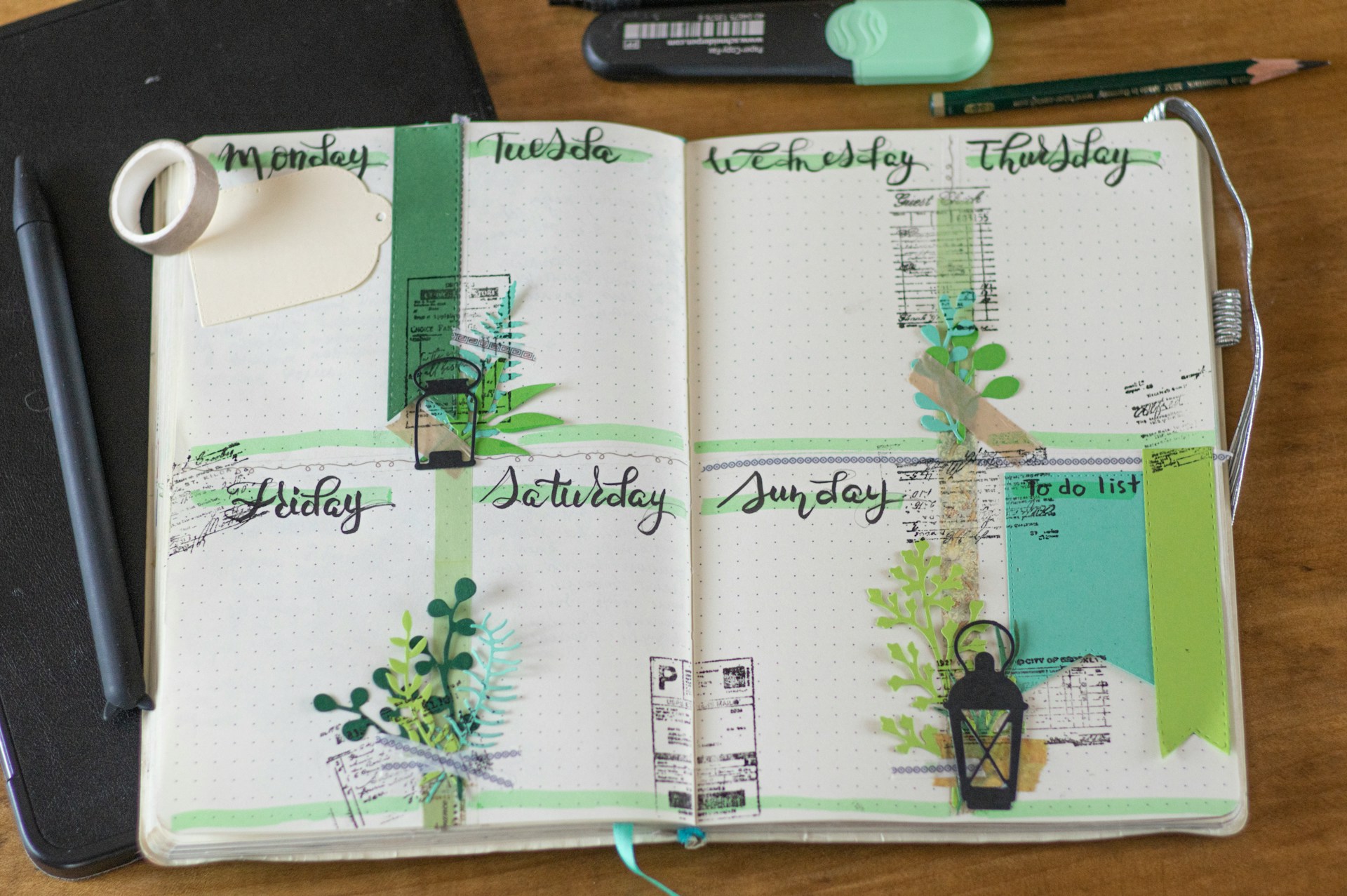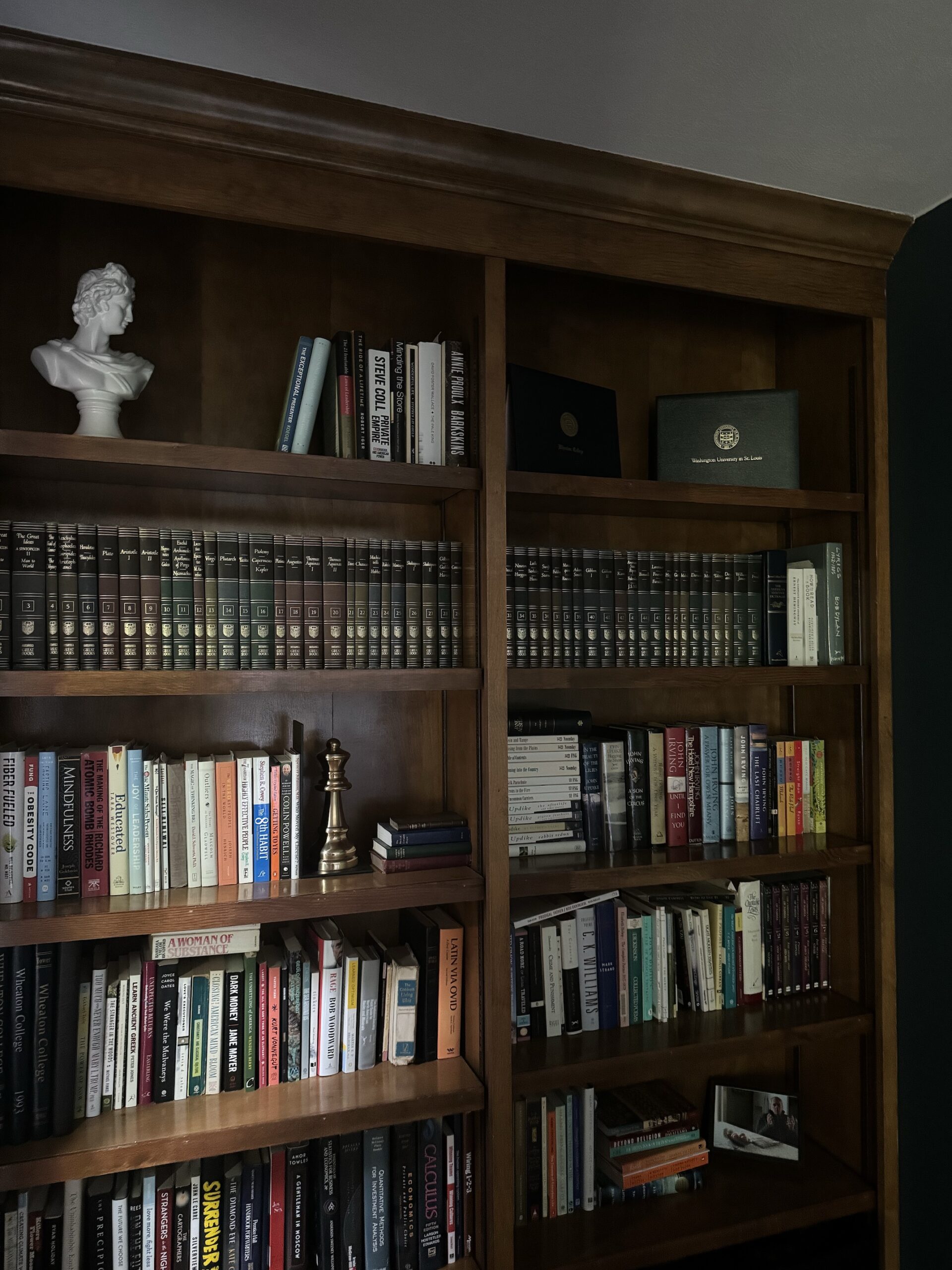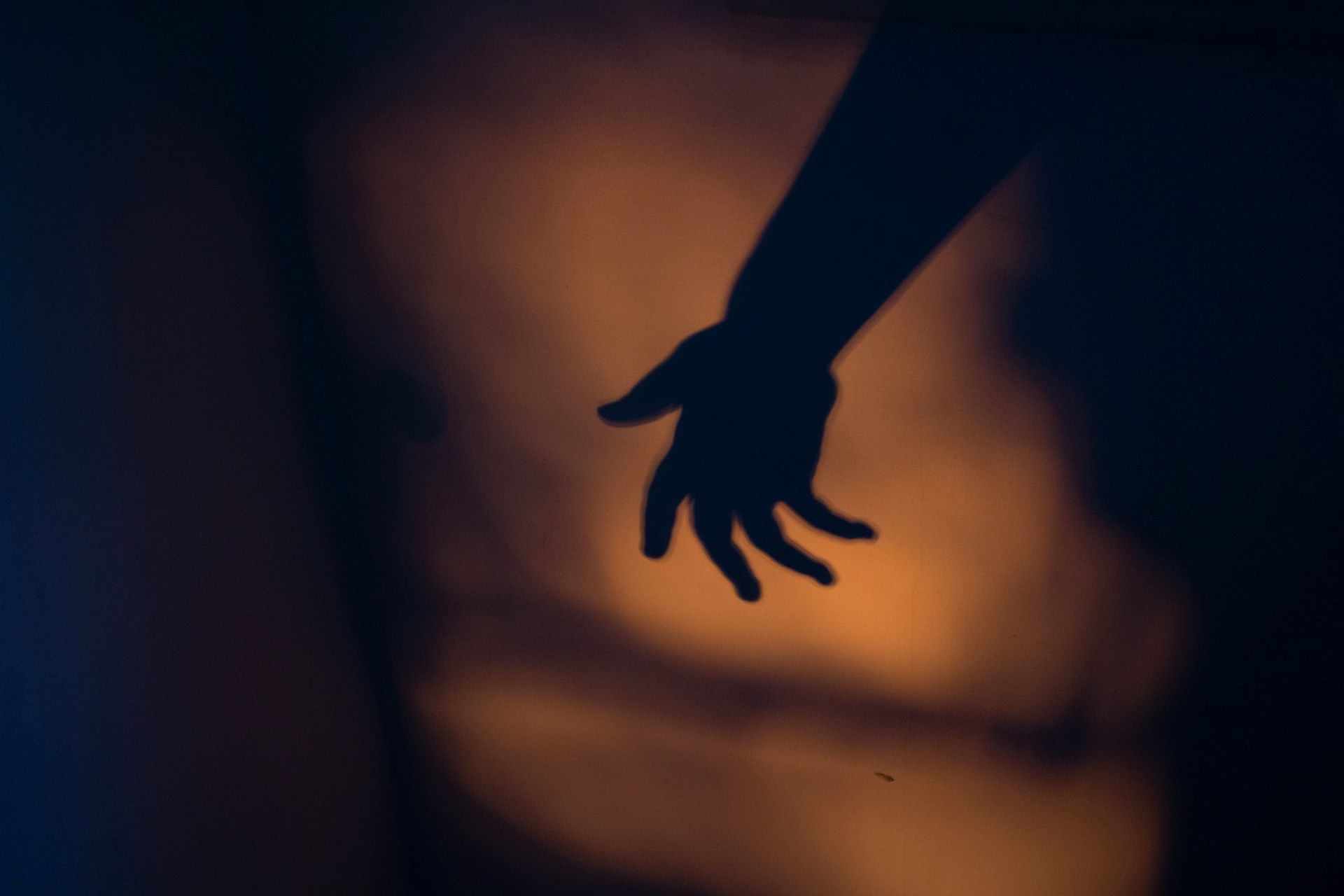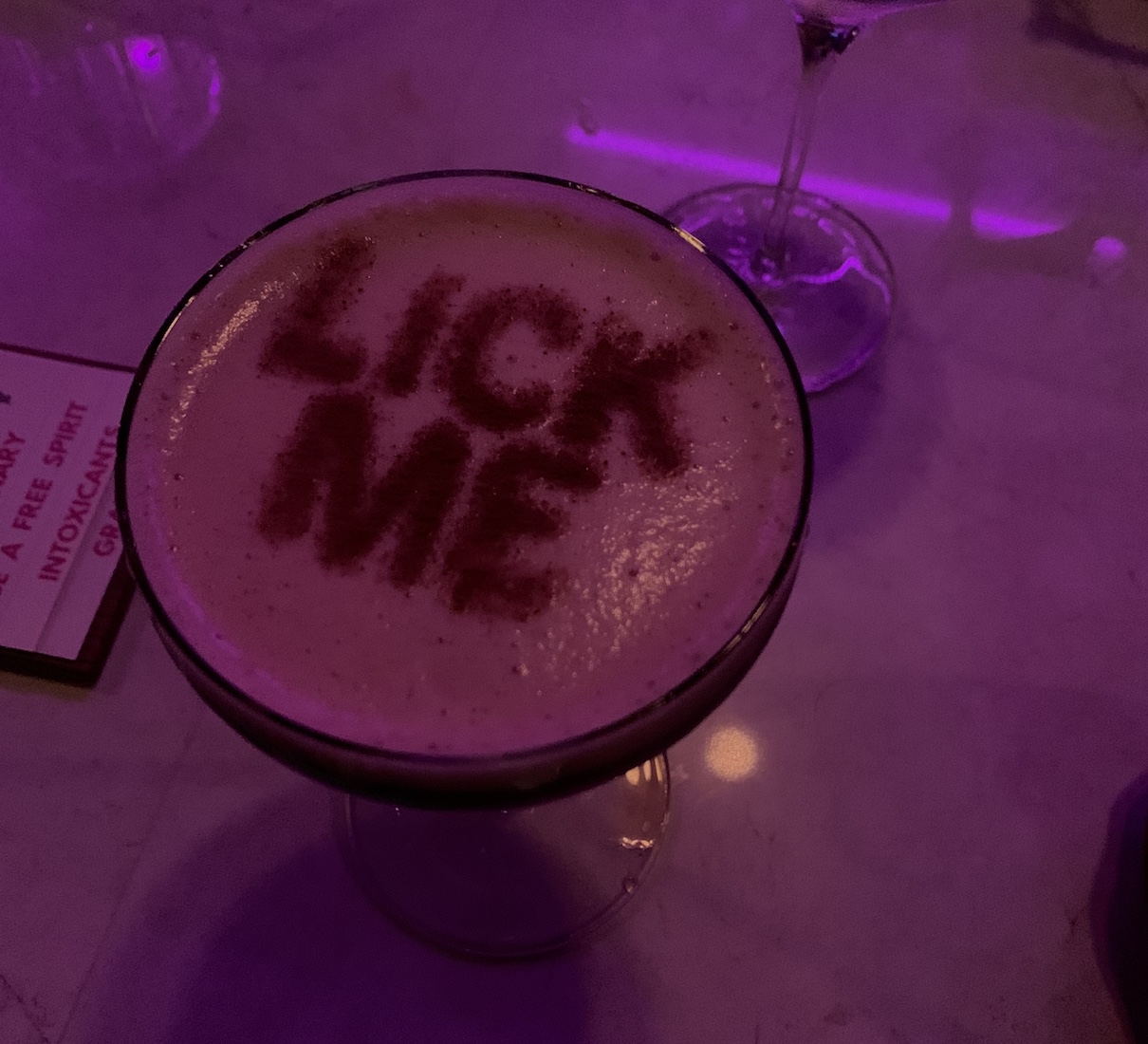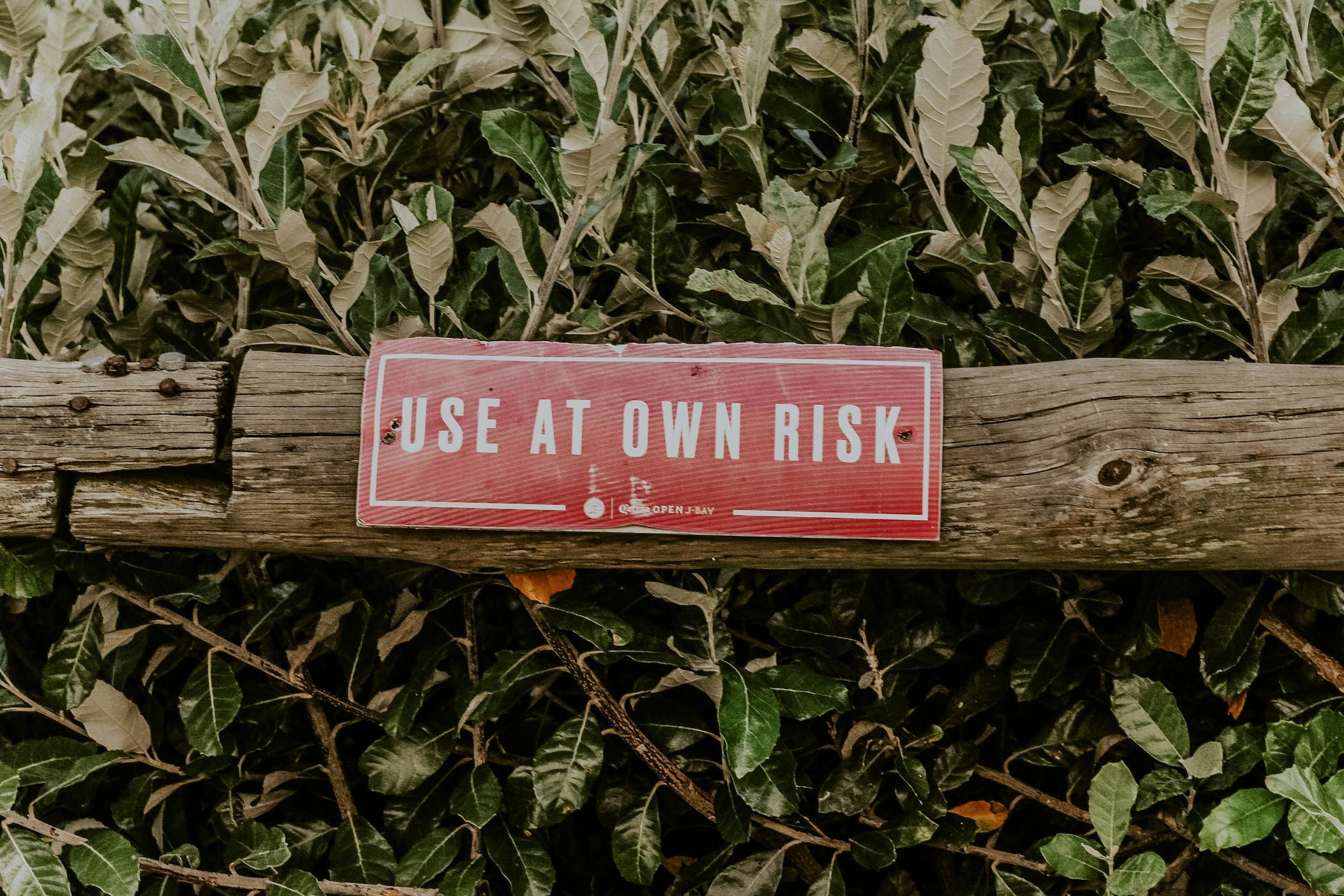Crystals are everywhere these days. From Instagram posts to your friend’s nightstand, they’ve become a key part of spiritual practices, self-care, and even home decor. But not all crystals come out of the ground looking like the vibrant, perfect specimens you might see in stores.
In fact, some of them are artificially dyed to enhance their appearance. This raises the question: does dyeing affect the crystal’s energy or spiritual properties? And is it bad to use dyed crystals in your practice?
The Dyeing Process
Crystals, in their natural state, are often breathtaking, but sometimes they don’t have the intense colors that catch your eye. That’s where dyeing comes in. This is a process that enhances or completely changes a crystal’s color. And before you think this is some modern invention, know that dyeing crystals is not new—it’s been done for centuries.
So how does the dyeing process actually work? It’s pretty straightforward. Crystals are soaked in chemical dyes or heated to absorb a new color. Some crystals, like agate or quartz, are porous enough to take in these dyes easily, while others may undergo more aggressive treatments to get the desired color.
A common technique is to submerge the crystals in colored solutions or apply heat to embed the dye into the surface. While this creates a striking visual change, the structure of the crystal remains the same at its core.
Why Are Crystals Dyed?
It’s mostly about looks—dyed crystals are more visually appealing to some buyers. Retailers know that bright, bold colors are more attractive on store shelves. Imagine you’re shopping for a piece of jewelry, and the deep, electric blue of a dyed quartz catches your attention over a paler, naturally-colored stone. That’s no coincidence. Dyeing also happens to make certain crystals appear more “rare” or valuable than they truly are, which can drive up their price.
Is Dyeing Invasive to the Crystal?
While the physical process of dyeing doesn’t change the internal structure of a crystal, it’s worth thinking about whether this external alteration has any effect on its properties. From a purely physical standpoint, the crystal is still the same stone, just with a different color.
However, some believe that any modification from its natural state could influence how it interacts energetically with its user. We’ll explore that idea more in the next section.
The Energetic Impact of Dyed Crystals
This is where the debate really heats up. If you use crystals for magickal practices or energy work, the thought of altering their natural state might raise some red flags. Crystals are believed to carry specific energies, vibrations, and frequencies, depending on their type. But does changing the color through artificial dye affect that energy? Let’s dig into this.
Does Dyeing Alter a Crystal’s Vibration?
Some people believe that dyeing a crystal interrupts its natural energy field, making it less effective in spiritual work. Think of it like covering a crystal’s energy with a layer of artificial color, diluting its natural vibration. The argument is that anything you do to change the crystal from its natural form—whether it’s dyeing, polishing, or cutting—could impact how it functions energetically.
On the other hand, others argue that the core energy of the crystal remains unchanged. After all, dyeing affects only the outer appearance, not the internal structure. If the crystal’s internal makeup is intact, its energy should still be accessible, right? This perspective holds that the energy within the crystal is not affected by a change in its color.
The Role of Color in Energy Work
Here’s where things get interesting. Color plays a significant role in how we interact with crystals. Different colors are associated with different energies and healing properties. For example, green is often linked to abundance and heart chakra work, while blue is connected to communication and the throat chakra. So, when you artificially dye a crystal, you’re potentially changing how people perceive and work with its energy.
A dyed pink quartz may invoke feelings of love and compassion like rose quartz, but it’s not the same stone. Some believe that artificially adding color tricks the mind into thinking the crystal is associated with certain properties when, in reality, its energy hasn’t changed. This is where your intent really comes into play—more on that in the next section.
Authenticity and Intent
If you’re someone who cares about authenticity in your spiritual tools, dyed crystals might not feel “right” to you. Crystals have been forming naturally in the Earth for millions of years, and for many people, that natural state is an important part of their practice.
But what happens when a crystal is altered, even if it’s just the color? Let’s talk about why authenticity and intent are such key factors.
Does Authenticity Matter?
For many practitioners, authenticity is everything. A natural, unmodified crystal is seen as pure, carrying the full weight of the Earth’s energy. When a crystal is dyed or treated in any way, some people feel that it loses that natural connection. The idea is that natural crystals carry a unique energetic signature that can’t be replicated once tampered with. You might see dyed crystals as less “pure” or feel like they’ve been tampered with too much to be effective.
But authenticity can be a bit of a personal preference. Some people don’t mind if a crystal is dyed, as long as it serves the purpose they need it for. At the end of the day, a crystal’s energy is still there—it just might feel different if you’re someone who prioritizes natural formations. It’s really about how you connect with it.
Intent Is the Real Game-Changer
Regardless of whether a crystal is dyed, the power of intent can’t be ignored. Whether you’re using a crystal for healing, protection, or manifesting goals, what truly matters is the energy you put into it. Your focus, intention, and belief in the crystal’s power are what infuse it with its purpose.
Even a dyed crystal can work beautifully in your practice if you set clear intentions for how you want to use it. For some, the color might not matter at all, while others might feel a stronger connection to a crystal that remains in its natural state. Either way, as I always try to emphasize, your personal intent is one of the most powerful forces in your work.
Ethical Concerns Around Dyed Crystals
Now that we’ve covered the energetic and personal aspects, it’s time to address something that doesn’t get talked about as often—ethics. When buying crystals, there’s more to think about than just their color or energy. Ethical concerns around dyed crystals range from transparency with sellers to the environmental impact of mining and altering these stones. So, let’s dive into what you need to consider when choosing your crystals.
Transparency with Sellers
One of the biggest issues when it comes to dyed crystals is the lack of transparency from sellers. Not every store is upfront about the fact that a crystal has been dyed or treated. You might think you’re purchasing a natural stone, only to find out later that it’s been altered. That can feel like a breach of trust, especially if you’re someone who values authenticity in your practice.
When you’re shopping for crystals, it’s important to ask questions. Don’t be afraid to inquire whether a crystal is natural or has been treated in any way. Ethical sellers should be willing to provide this information openly, and in some cases, they’ll label dyed crystals clearly. If a seller is evasive or doesn’t provide a clear answer, that might be a sign to take your business elsewhere.
The Environmental Impact
Beyond transparency, there’s also the environmental side of things. The demand for beautiful, brightly colored crystals has only increased with their popularity, and that’s led to some questionable mining and production practices. Many crystals are mined in a way that isn’t exactly kind to the environment. Add to that the process of dyeing and treating stones, which can involve chemicals and energy-intensive processes, and you’re looking at a potentially significant environmental footprint.
Now, this doesn’t mean you need to swear off crystals entirely, but it’s worth being mindful of where your stones come from. Look for sellers who prioritize ethical sourcing and fair trade practices. Some even offer recycled or sustainably sourced crystals, so you can be more confident that your purchase is supporting responsible practices.
So, is it bad to use dyed crystals? The short answer is: it depends on how you feel about them. For some, the idea of altering a crystal’s natural state might not sit well, especially if you believe that the dyeing process interferes with its energy. For others, dyed crystals are simply a more vibrant, affordable option that works just as well in their practice.
At the end of the day, your relationship with your crystals is personal. Whether dyed or natural, what matters most is your intention and the connection you feel. If a dyed crystal resonates with you and serves your purpose, then there’s no reason to avoid it. Just be mindful of where you’re getting your crystals, ask questions about their origins, and use them in a way that feels right for you.


